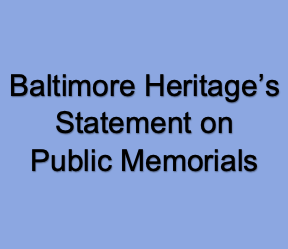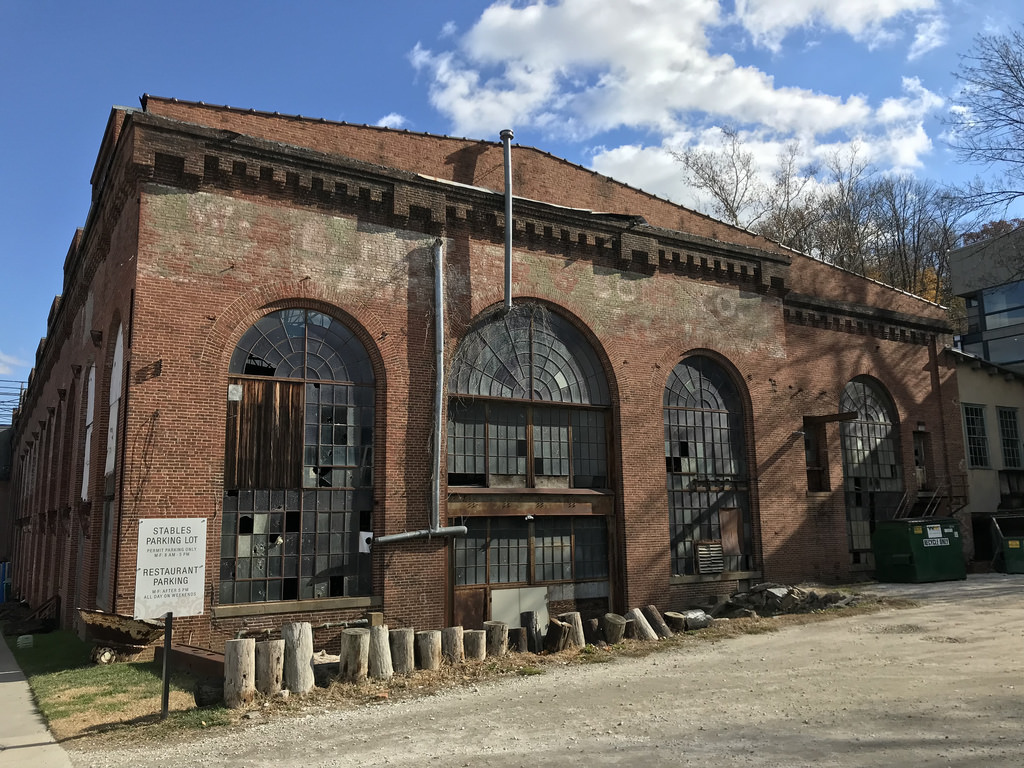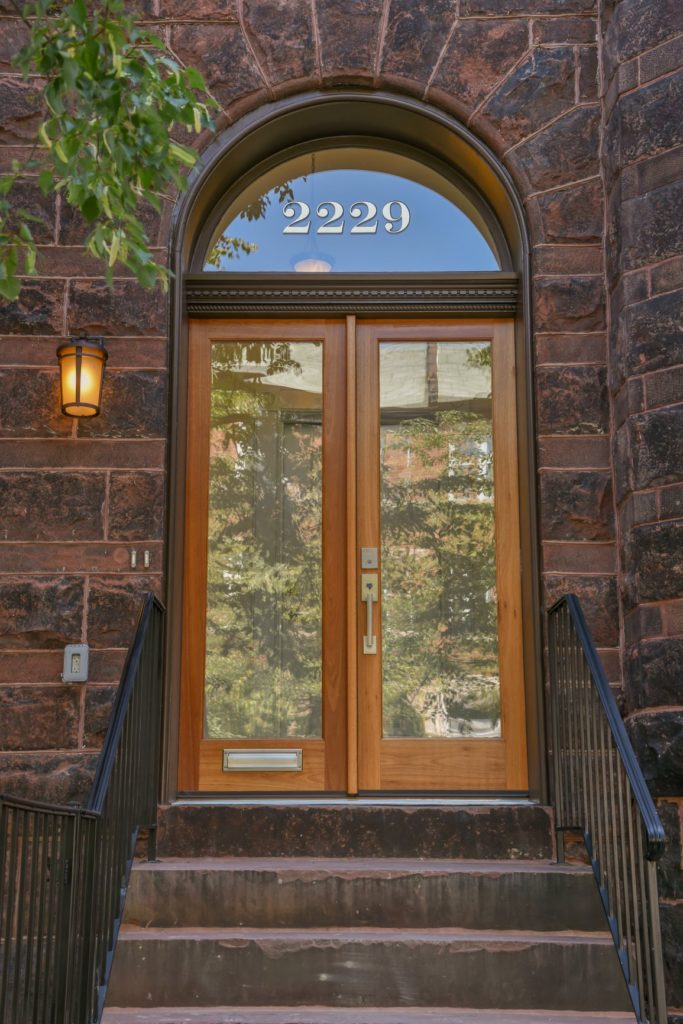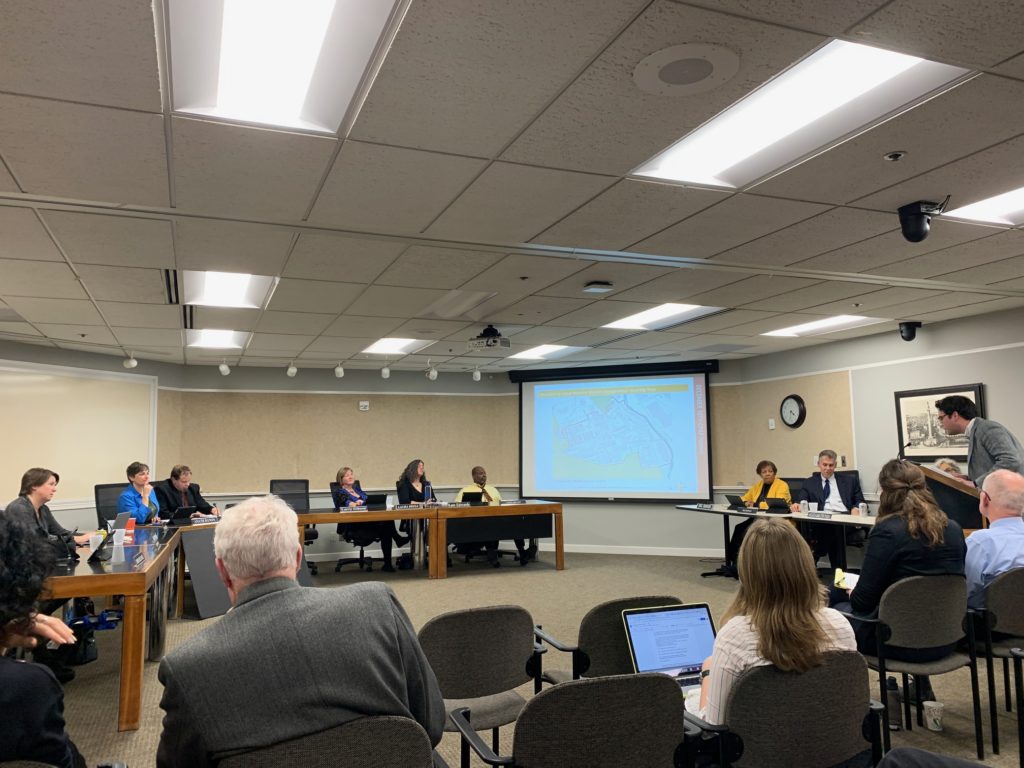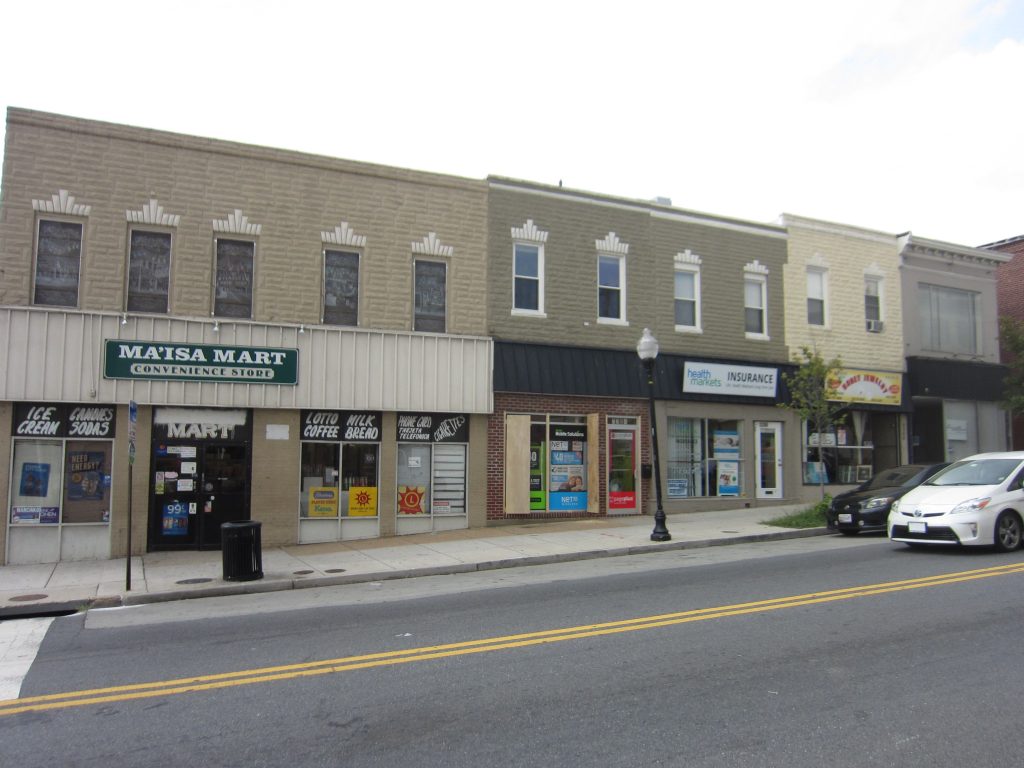In 2017 then Mayor Catherine Pugh removed three memorials to the Confederacy and one statue of the author of the infamous Dred Scott decision that were erected with racist motivations and caused pain for many in our Baltimore community. Standing in our city today, there are other public monuments whose presence memorialize the oppression of Black people and people of color. These are also painful. For too long, too many people in the historic preservation movement have either discounted the ongoing harsh suffering that some public memorials are causing, or have remained silent. Since 1960, Baltimore Heritage has been Baltimore’s city-wide historic preservation nonprofit organization. We believe that we have an obligation to address this issue directly and that now is the time to speak out clearly. Below is our position.
- We support the removal of public monuments that were erected with racist intent to memorialize white supremacy.
- We believe that there are monuments standing in Baltimore today that continue to cause pain for many.
- We support a process to discuss steps that we as Baltimoreans can take regarding our public memorials that is open to all, validates different points of view, considers creative approaches, and has goals of fostering reconciliation and creating a public realm where all feel welcome.
- We believe that any actions taken to standing monuments should be done by city officials to ensure public safety.
- We believe that our elected officials in Baltimore City have an obligation to lead a discussion over public memorials and we as an organization commit to participating.
—Johns Hopkins, Executive Director

